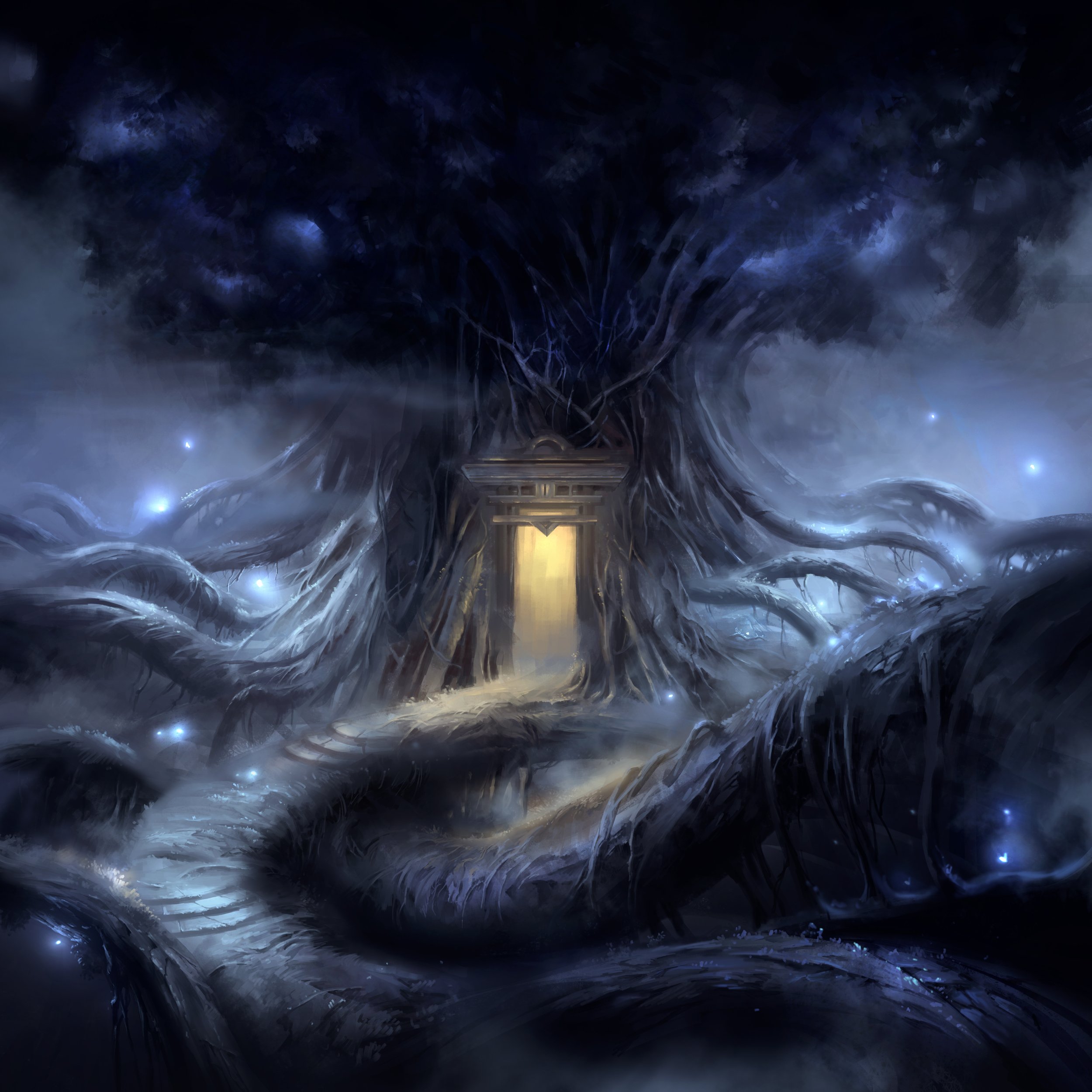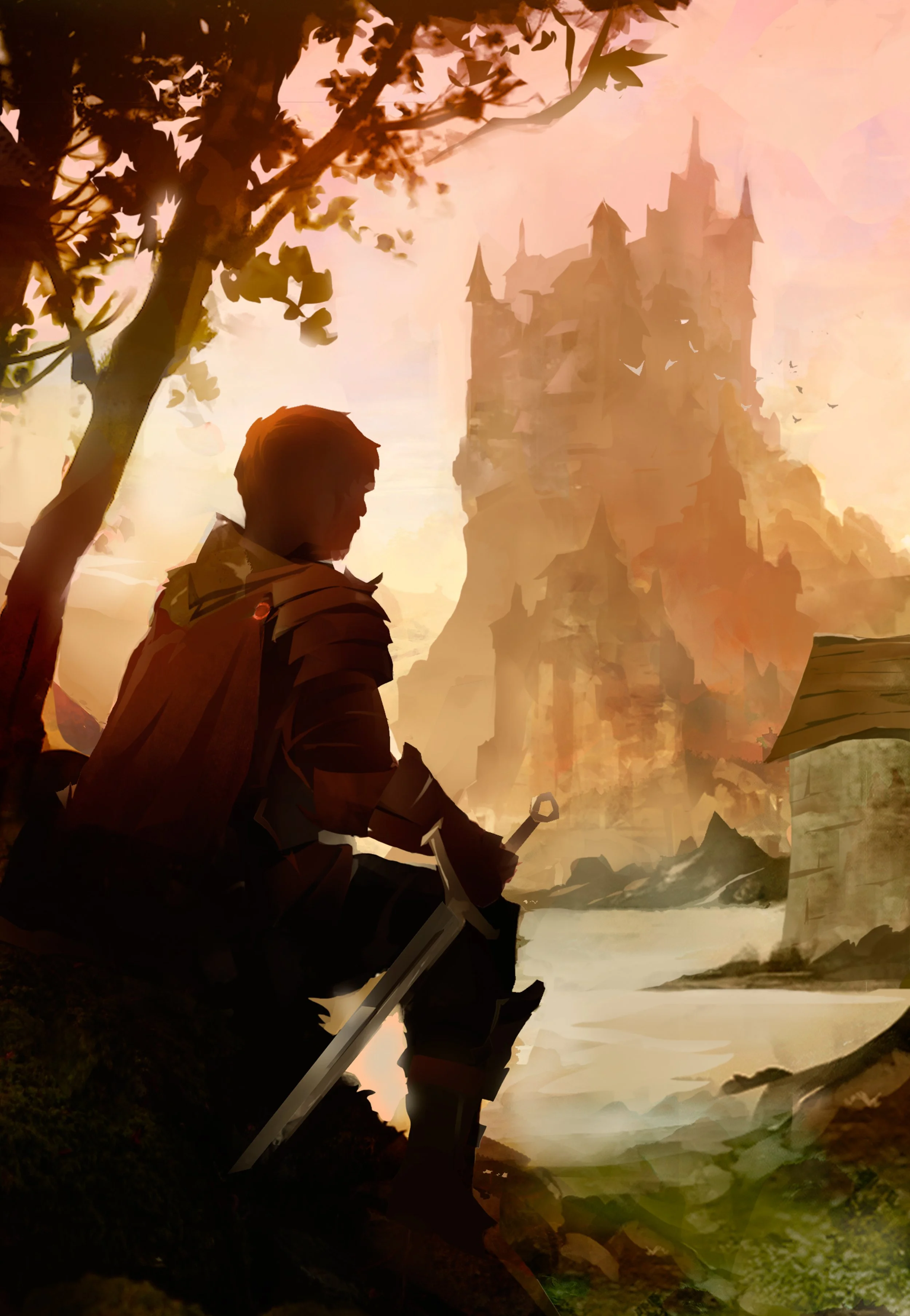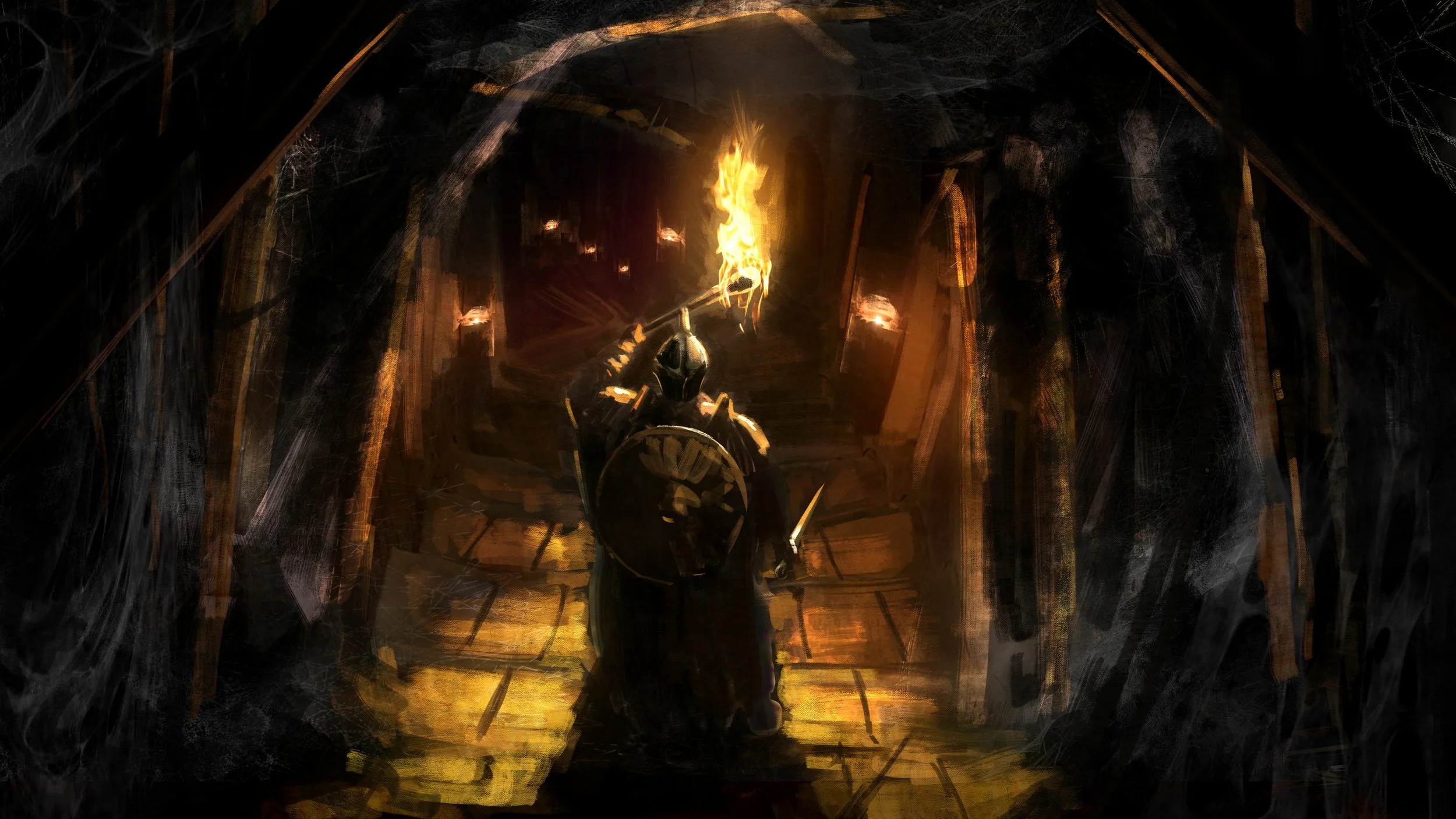
The Bonsai System of D&D
Tell better stories
Created by Ethos Studios, the Bonsai system of D&D is designed to tell better stories.
As experienced players and DMs, we were bored with the linear progression of characters along strict D&D classes. Our games felt predictable. We wanted more options.
We also wanted to create incentives for players to do more than chase battles, and to grant every player access to the full suite of abilities and powers—regardless of the class they initially chose for their character.
So we built a complex, integrated system of point values and multipliers, unique bonuses, and guidelines that gives DMs and players near-total flexibility. And we put the story at the center.
The Bonsai system of D&D eliminates character levels. Instead, characters develop organically based on what happens to them in game: who they met, what they saw, how they spent their time, and the difficulty of the challenges they faced.
Put the story at the center
The foundational premise of the Bonsai system is that the story is paramount.
At creation and throughout the game, players spend XP to buy ranks, feats, bonuses, and (for casters) levels. After creation, however, those ad hoc purchases must be supported by the story.
Over time, any character can combine traditional classes. More importantly, every character reflects the totality of their experiences.
Bonsai in Practice
Characters progress based on their experiences. For example:
Before a bard can purchase additional ranks in perform (sing), he must have done some singing in game.
Before a druid can purchase a style point for her quarterstaff, she must have spent time fighting, sparring, or working with a teacher.
Before any character can buy additional hit die, they must have taken damage.
Get beyond the dungeon crawl
By tying character progression to the narrative, the Bonsai system of D&D drives players to explore and engage with the world created by their DM.
In a Bonsai game, battling demons isn’t the only way for characters to grow and advance. And it won’t do anything for their diplomacy skills.
If your character wants to become a better archer, the Bonsai system provides a reason to go to an archery range. If your character wants to buy ranks in a knowledge skill, she may need to seek out a library.
The Bonsai system makes the game more immersive. By giving characters more options, players connect and invest more deeply.
And the DM has good reason to create a world rich with opportunities to do more than fight monsters.
Familiar content, novel system
Bonsai draws content—races, classes, skills, feats, spell lists, etc.—from the Pathfinder system by Paizo. Role-playing and combat unfold as conventionally as the DM wants, with sufficient flexibility to accommodate homebrew content and house rules.
Where the Bonsai system differs is in the awarding and spending of XP and in characters’ ability to add skills and feats regardless of class.
What’s different for DMs
Awarding experience for role-playing and magic, not just combat
Approving purchases of ranks, feats, and bonuses
Accommodating (or creating) opportunities for characters to grow outside their class
Providing opportunities to practice, train, or study in-game
What’s different for players
Having incentives to role-play
Spending XP on discrete upgrades rather than getting a predetermined set of abilities when they gain a level
Having greater flexibility to create characters and pursue a developmental arc
Being rewarded for non-combat activities
Organic, nonlinear character progression
In the Bonsai system, character progression isn’t meant to keep pace with traditional Pathfinder or D&D (any version). Instead of the typical power spikes associated with gaining a level, Bonsai characters grow steadily, guided at every step by the story.
A Bonsai character evolves incrementally and continuously, earning XP for combat and non-combat encounters so they can add skills and abilities steadily throughout a campaign.
We’ve run regression charts to ensure that our system neither penalizes players nor makes it too easy to break the game. Sure, a hardcore min-max player can score bonuses that aren’t possible in a conventional D&D character. And other players may lose focus and end up with a character that’s under-powered for their level.
This actually goes to the heart of the Bonsai system: players have room to succeed or fail with their character’s unique build.
The DM bears no responsibility for guiding them except as the stalwart guardian of narrative integrity—ensuring, always, that each ability purchase can be justified by the story.
Playtesting and codifying for future release
Using data from multiple long-running games, we’re refining and codifying the Bonsai system for future release, including
A dynamic XP calculator and tables to guide the DM at the end of each session
Full-featured character sheets with point values and built-in equations.
See the Bonsai system in action
After a decade of playtesting in multiple yearslong private games, Ethos Studios is preparing to launch the first-ever public campaign showcasing the Bonsai system.
Viewers will get to see the system in action in a live campaign run by our resident gamemaster for a gaming party with mixed levels of D&D experience.
To find out when the campaign launches and get updates as we build out the Bonsai system, register for our email list.



